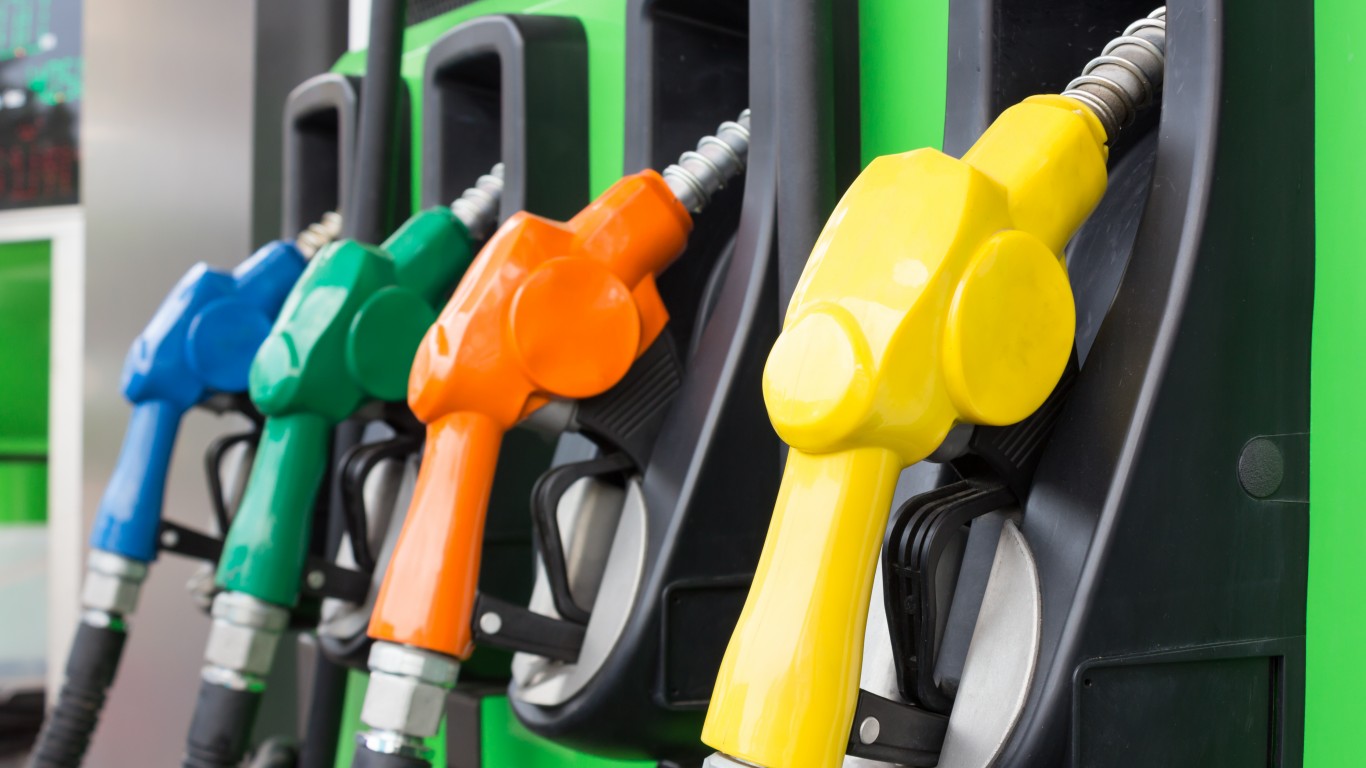
Although the Biden administration’s plan to delay the release of 15 million barrels of oil from the nation’s Strategic Petroleum Reserve was announced just a day ago, the reaction from the oil patch could have been written weeks, if not months, ago.
[in-text-ad]
When President Biden signed the Inflation Reduction Act in August, the American Petroleum Institute (API) criticized the legislation: “[I]t falls well short of addressing America’s long-term energy needs and further discourages needed investment in oil and gas.”
Following Wednesday’s announcement, the API said, “The administration should instead focus on addressing the fundamental economic and security challenges we face by spurring more investment in American energy, infrastructure and markets that enable U.S. consumers to benefit from America’s reliable energy resources.”
Among Republican politicians, the move was viewed as a political ploy. Republican members of the House Energy and Commerce Committee tweeted:
🚨 NEWS: @POTUS “plans to sell oil from the SPR in a bid to dampen fuel prices before next month’s congressional elections.” – @Reuters
POTUS is DRAINING the SPR at an unprecedented rate with NO PLAN to refill it – all to cover up the consequences of his rush-to-green agenda. pic.twitter.com/m8rKi4BHXP
— Energy and Commerce Committee (@HouseCommerce) October 18, 2022
Back in April, when Biden announced the release of 180 million barrels from the SPR, energy industry analyst Rory Johnston commented in his Commodity Context substack:
A combination of spot selling and future refilling (if committed today) could flatten the curve and enhance the price signal received by US shale and other non-OPEC producers, but it remains to be seen if the Biden Admin is planning or even positioned to pull it off.
As we noted Wednesday, that is exactly what the administration did (six months late by Johnston’s account) by offering to buy oil at a floor price of $67 to $72 a barrel if the price of falls below that level. Johnston also noted in April that the “extreme backwardation” (spot prices are higher than futures prices) in the oil market today is “often cited as a reason for a smaller than expected US shale investment response because of how producers typically hedge their production out that same curve.”
[in-text-ad]
Refilling the SPR when prices are lower at some point in the future, “would achieve a reduction in current prices while potentially enhancing the effective price signal to producers by lifting the curve further out, allowing for more attractive hedging.” To avoid an accusation that the government risks selling SPR barrels at a high price today and buying new barrels in the future at a higher price, “The White House can counter said accusation by simply buying those barrels today, for future delivery, and completely avoid said risk.”
In the fact sheet released Wednesday, the Biden administration did exactly that:
As part of its commitment to ensure replenishment of the SPR, the [Department of Energy] is finalizing a rule that will allow it to enter fixed price contracts through a competitive bid process for product delivered at a future date. This repurchase approach will protect taxpayers and help create certainty around future demand for crude oil. That will encourage firms to invest in production right now, helping to improve U.S. energy security and bring down energy prices that have been driven up by Putin’s war in Ukraine.
The claims in that final sentence are arguable, to be sure. After all, Biden did postpone the final release from the SPR from October to December, probably, as Ellen Wald writes, because “Democrats feared that a spike in gasoline prices at [election] time would negatively impact their chances at the polls.”
The oil industry rightly wants some reasonable certainty on federal policy before it commits to spending billions of dollars to develop new supply. But the administration’s proposal does not “discourage” more development of oil and gas resources. If a recession is in fact on its way, the price of oil is likely to fall because demand will decline. And while it is a long way from today’s price of $87.50 a barrel to $72 a barrel, the price fell to below $70 a barrel just two years ago.
Credit card companies are handing out rewards and benefits to win the best customers. A good cash back card can be worth thousands of dollars a year in free money, not to mention other perks like travel, insurance, and access to fancy lounges. See our top picks for the best credit cards today. You won’t want to miss some of these offers.
Flywheel Publishing has partnered with CardRatings for our coverage of credit card products. Flywheel Publishing and CardRatings may receive a commission from card issuers.
Thank you for reading! Have some feedback for us?
Contact the 24/7 Wall St. editorial team.
 24/7 Wall St.
24/7 Wall St.


